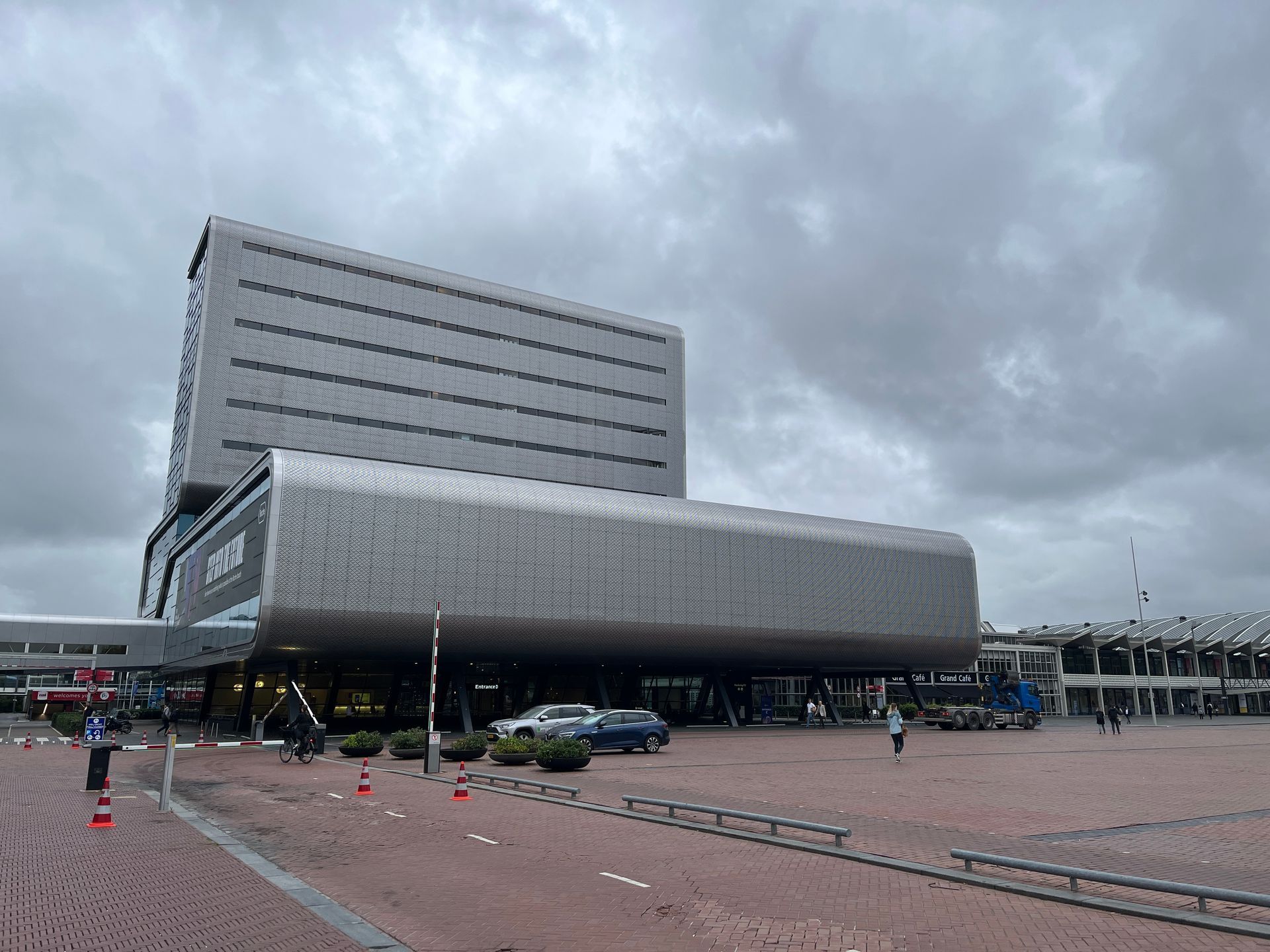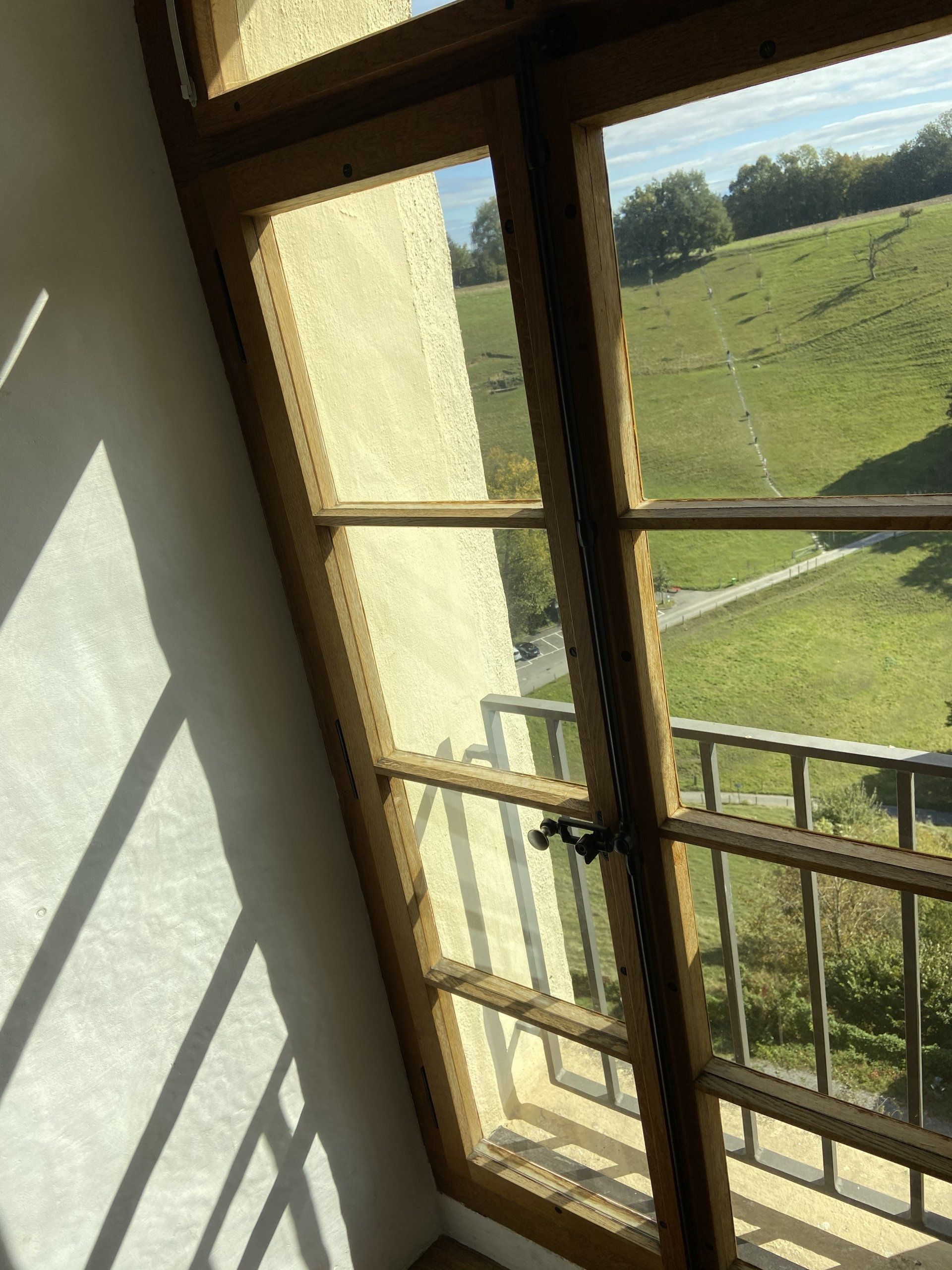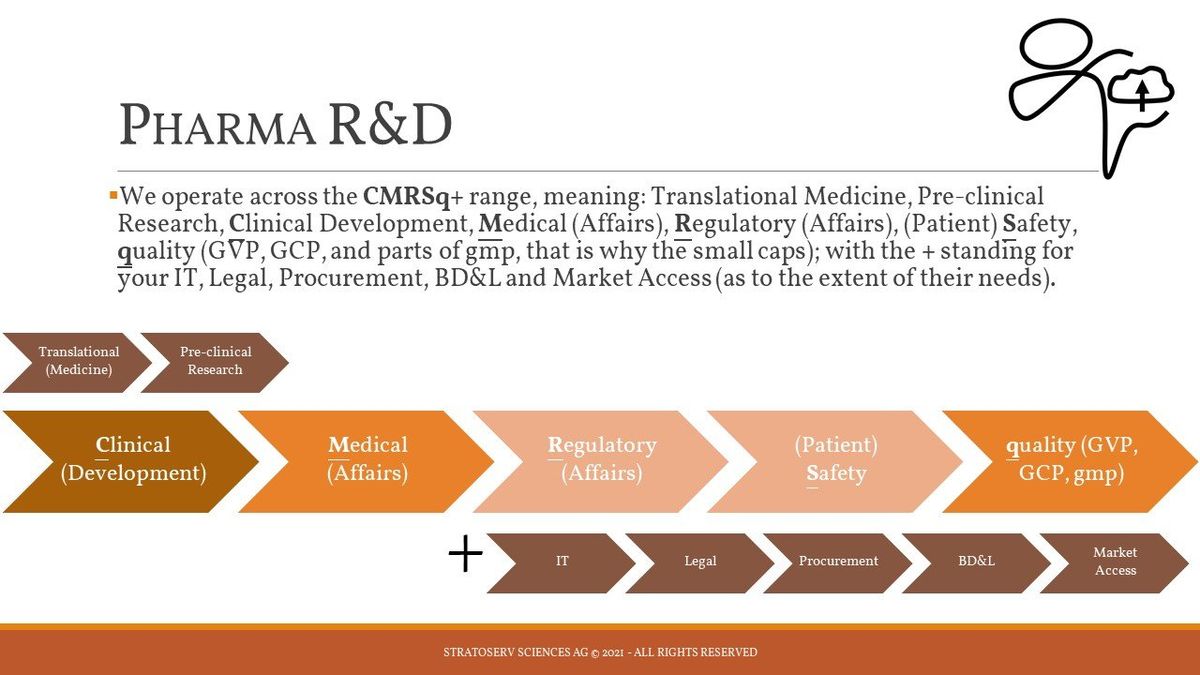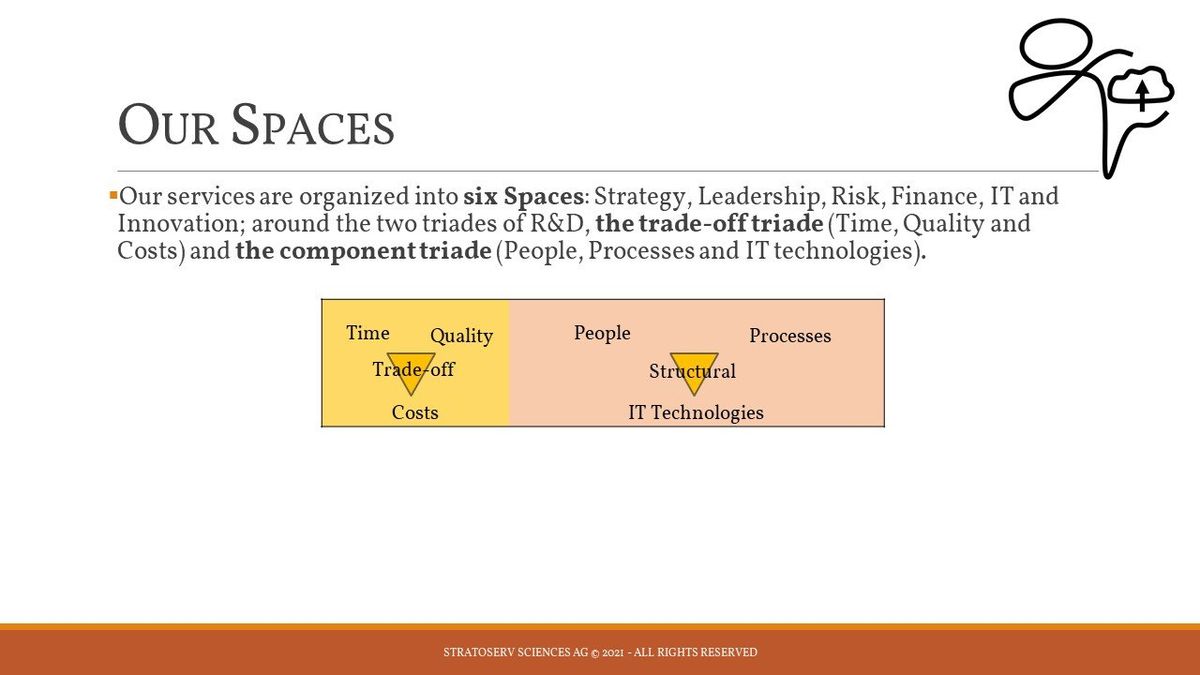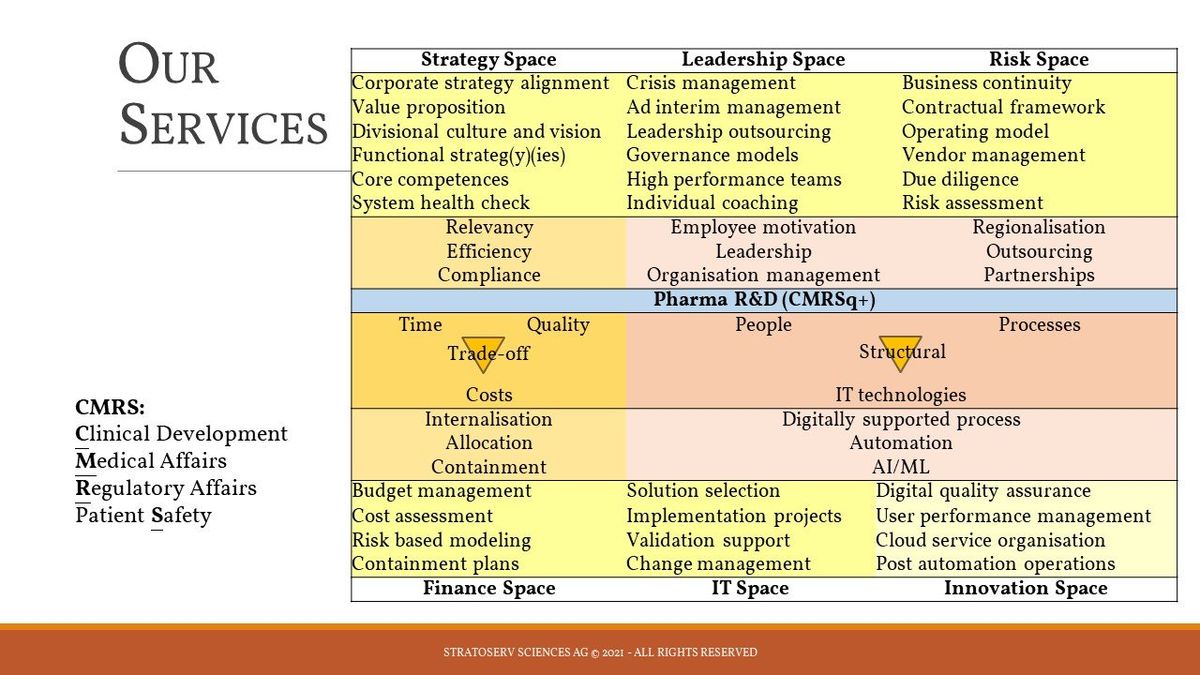By Andras Berta
•
April 7, 2022
5 signs of DRIFT: 1. E-Mailing becomes counter-productive 2. Meeting-to-meeting mode shows with jammed calendars 3. People take comfort in the rule and the detail 4. Efficiency improving initiatives become unappreciated 5. The busyness bias kicks in or the travel excuse is used Prioritization is key to focus and optimal output and is a shared task of line manager and employee. As resource is always (perceived as or objectively is) scarce prioritization is key to organizational success. Regardless of the delta between the workload and the organization’s productive capacity significant volumes needs to be secured on must haves as well as on innovation . Must haves are tasks and activities which will suffocate and bring down the organization in a relatively short time if neglected. These include things like invoicing, orders, salaries, customer deliveries, so cash related stuff, but also help related , like interviews, hiring, outsourcing contracts, work orders. For organizations working in regulated environments in addition all key compliance related items belong in the must haves. Innovation is your future or to turn it around: it is without what your organization does not have a future. These include obsolete technology and process changes, or introduction of mandatory technology, standards, or certifications, but also essential process improvements, efficiency increase measures. Everything that is needed to sustain business and productivity under the changing future conditions. Not all innovation contribute to the vitality of the function only internal innovation is, while external innovation will serve the better functioning of the broader organization. Role of the leader is to ensure that a fair amount of the capacities is reserved, allocated and utilized for must haves and internal innovation. It can be 15-20-30% for each, but it should not be 3% and probably cannot be much above 30%. It is up to the squeeze of the leader, but the squeeze must be there and exercised, otherwise really, we can stop working and dismiss the whole organization. Without must haves there is no present; without innovation there is no future. How does this relate to the signs of DRIFT? 1. A person or an organization in DRIFT will not be able to ensure the above, will not even be able to differentiate between must haves, innovation and other necessary or even unnecessary tasks. This is where you feel you cannot get through the inbound emails, that even important messages slip though the cracks, go down in your Inbox or when you need to start explaining to people that just because he/she sent an email about a problem he/she cannot consider it done or assume that you are dealing with it. 2. When you do not (need to) plan your days, you just follow your Outlook calendar which will drag you from one meeting to another like a dead body or a zombie without own power and will, not allowing you to do practically anything else for most of your working time. You forcibly need to cancel, clean a few hours and block time for actually doing things: for sitting down to write a document, to develop a concept. 3. Although supposedly very occupied, people find time and energy to clarify all details, to regulate everything around any problem that is presented in the meetings. What they are really doing here is taking a rest and allowing themselves some extra time to get at least one thing right and to forget about all the other things which would need attention for a moment. This is when you see immense commenting in a document review or complex process rule proposals for relatively infrequent or low probability events or occurrences. 4. You feel scepticism and pushback from your colleagues on any new idea, initiative, or change, even if it is just a minimal additional effort, an extra administrative step, invitation to a short workshop or any minor change to the procedures, even if there is demonstrable or expectable gain in efficiency. As if there would be no way to help, and as if the carried weight would not allow any stop or course adjustment and as therefore there is also no receptiveness or interest in change of any kind. Even talking about workload takes time away from carrying the weight itself. 5. And we are all doing our bests for the company. We deserve respect for that, but only for the dedication, because what we would really deserve is an environment in which we can be really productive (and innovative). This is the busyness bias , where we do not see that our well-meant efforts are not really moving things forward. Frequent mandatory business travel makes this even worse, as we are really taking business holidays, and in this time our base work just keeps piling up. Well at lease we can say we were travelling that whole week… What can you do as an individual contributor, a manger or as an organization do when you see the signs of DRIFT. You need to talk about it surely openly, share the realization and the fact that you need help. You need to re-calibrate your priorities vs your resources, you need to ensure must haves, internal innovation, you need to bring in innovation if needed and you need to start transferring good efforts to good outputs. You need to answer the questions: Does it make sense what I am doing and how I am doing it? Does my organization have a future? And if you cannot answer these questions or you do not feel that the right solutions can come from within, ask us to help.


